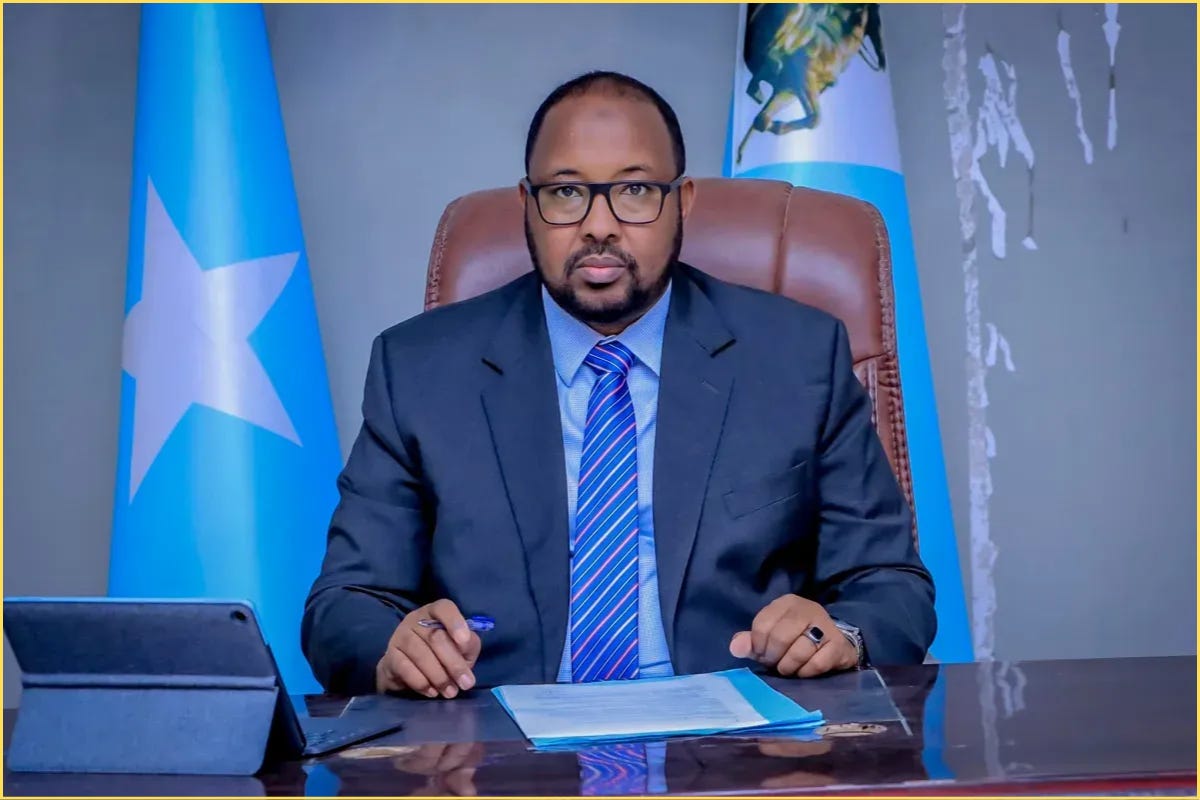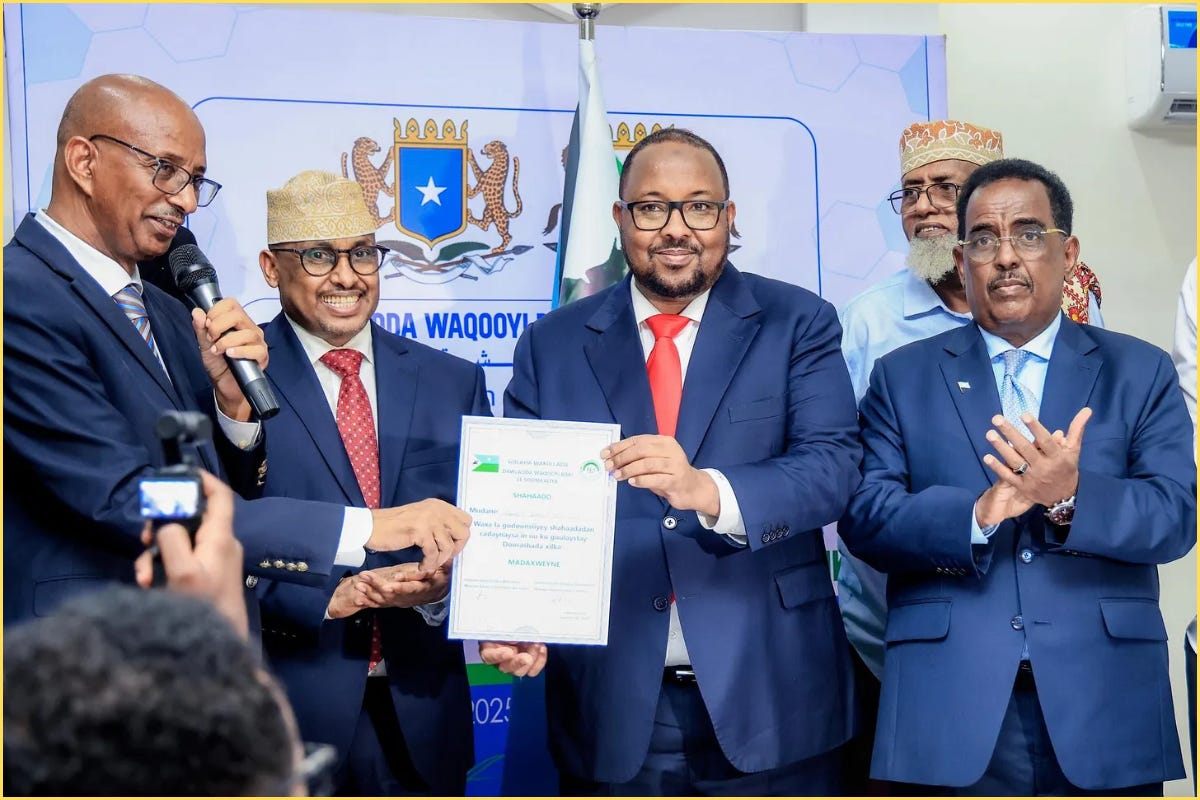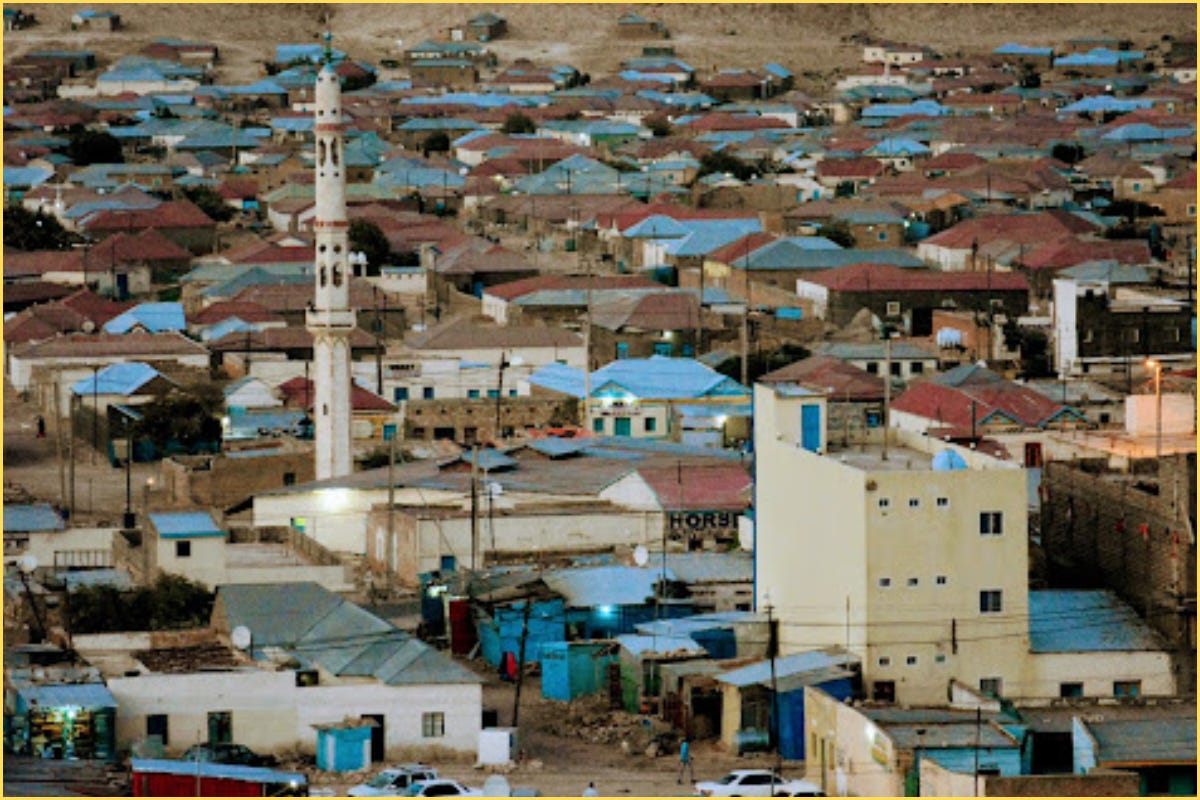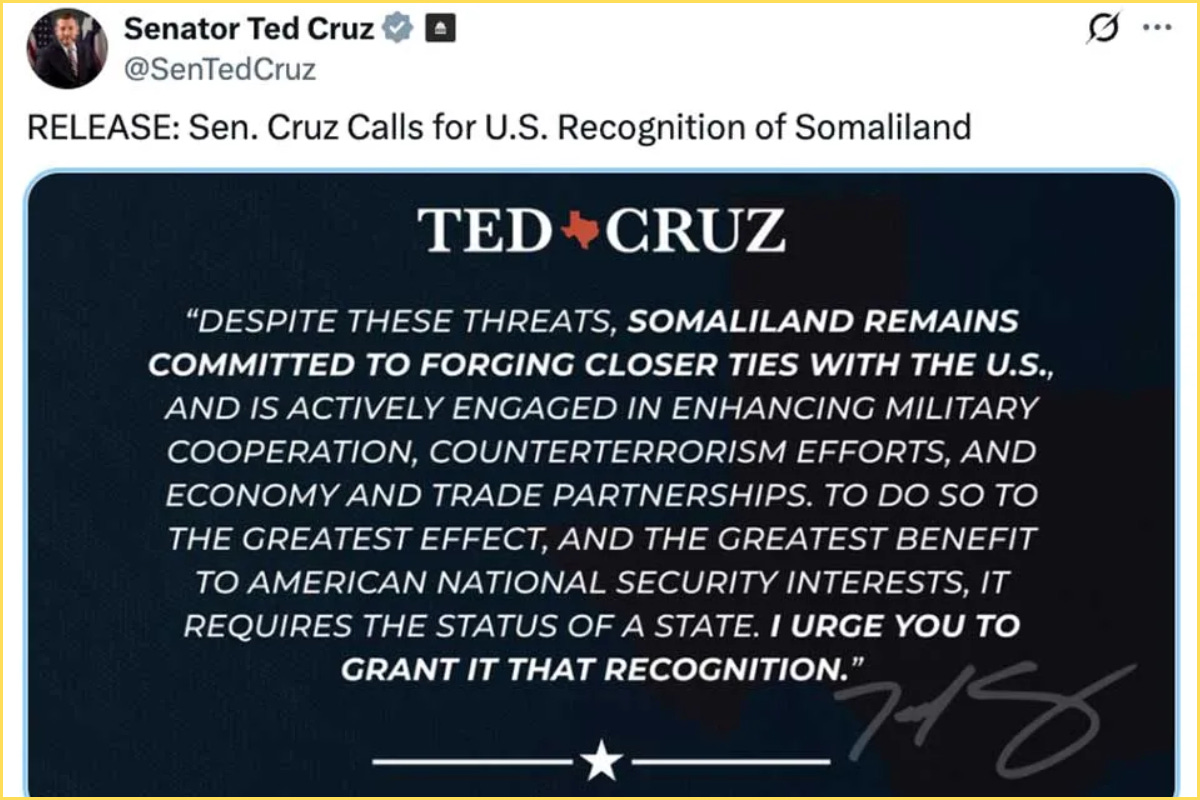firdhiye’s election and the collapse of somaliland’s independence narrative
how a new federal state in somalia undermines hargeisa’s bid for recognition.
For decades, Somaliland has presented itself as the exception in the Horn of Africa, a territory that broke away from Somalia in 1991 and built the facade of a stable, functioning democratic state while the south was consumed by warlords and chaos. It used this contrast as leverage, insisting that it deserved international recognition. That story of exceptionalism became central to its foreign policy and was widely echoed abroad.

Western think tanks are now helping to push Somaliland’s case, publishing essays that linked it to Red Sea trade and U.S. strategy. Israeli media outlets like JNS and the Jerusalem Post repeated the message, presenting Somaliland as a natural partner on the Bab al‑Mandab. In the Gulf, Emirati outlets such as The National praised DP World’s Berbera port deal as proof that investment could reshape the region, whether local people agreed or not. Even American politicians, like Senator Ted Cruz, began to describe Somaliland as a partner in U.S. counterterrorism and Red Sea strategy, pointing to Berbera’s port as the prize. The subtext was always less about democracy than about geopolitics because recognition of Somaliland would give the U.S., Israel, and the UAE stronger positions along the Red Sea, supporting their wider campaigns against Houthi disruptions in nearby waters and also all the while weakening the influence of Turkey and Qatar in Mogadishu.
gobolka waqooyi bari ee soomaaliya
On August 30, in Laascaanood, Abdikadir Ahmed Aw-Cali, known as Firdhiye, was elected the first president of the Northeastern State of Somalia.

His election marked the institutionalization of the SSC-Khaatumo movement, which had already taken shape in 2023 when local clan militias drove Somaliland forces out of Laascaanood after months of fighting. The uprising was led primarily by Dhulbahante clans, long resentful of what they saw as marginalization under Hargeisa’s rule. Whereas Somalia operates under a federal system that distributes power among member states, Somaliland remains a centralized project largely controlled by Isaaq elites in Hargeisa. By reorganizing themselves as a federal state aligned with Mogadishu, and building their own local governance structures in Laascaanood and surrounding areas, these groups stripped Somaliland of one of its central claims, that it still held effective control over the borders inherited from the British colonial protectorate.
The election itself was contentious, to say the least. Regional lawmakers chosen by clan elders voted after days of heavy lobbying, cash handouts, and clear federal involvement. Local media described widespread vote‑buying, with reports of candidates offering thousands of dollars per MP and claims that Mogadishu sent in funds to back Firdhiye.

The election system followed Somalia’s usual indirect model, where elders select MPs who then elect leaders. This was different from Somaliland’s direct popular votes for president and parliament, though even there, the process is flawed, with repeated delays, disputes, clan dominance, and only three state‑approved parties allowed to compete.
Firdhiye emerged as Mogadishu’s preferred choice, backed by allies eager to weaken both Puntland and Somaliland (for Puntland, the threat comes from the Northeastern State’s claim over parts of Sanaag that Puntland already administers. This not only weakens Garowe’s political weight but has also led to troop deployments in eastern Sanaag, highlighting how directly the new state challenges Puntland’s authority). For President Hassan Sheikh Mohamud, who may run again in 2026, the Northeastern State helps shift parliamentary seats away from Puntland and extend his influence in the north. For people in the now Northeastern State, the outcome brought formal representation in Somalia’s federal system and a clear rejection of Hargeisa’s authority.
This turn of events strikes at the heart of Somaliland’s independence claim. For years, Hargeisa argued that its strength came from stability and clear colonial‑era borders. Somaliland’s leaders have denounced the Northeastern State as illegal interference, insisting that Sool and Sanaag are still part of their territory and accusing Mogadishu of creating division. It still runs parts of western Sool and sections of Sanaag, including Erigavo, but the east has shifted to the Northeastern State with Mogadishu’s backing. Laascaanood, the new state’s capital, is firmly against Hargeisa’s rule. Under international law, a territory cannot credibly seek independence unless it exercises what jurists call "effective control", the ability to administer, police, and govern all the land it claims. By losing authority in parts of its territory, Somaliland’s case is weakened. Campaigns in Washington, Tel Aviv and Abu Dhabi may still push for recognition, but the case now depends less on legal principles than on geopolitics. For the U.S. and UAE, Berbera’s port and a possible Red Sea air base count more than Somaliland’s shaky claim to intact borders.

If Somaliland were recognized as independent by foreign powers, the Northeastern State would not disappear. Instead, it would stand as clear evidence that Somaliland’s borders are disputed and that its authority is resisted on the ground. Recognition would not settle the issue but open a new conflict. Hargeisa would be strengthened by diplomatic support, Mogadishu would harden its backing for Firdhiye, and outside powers would line up on opposite sides. Rather than stability, recognition would likely fuel escalation, with the UAE, Israel, and the United States backing Somaliland, while Turkey, Qatar, and Somalia rally behind the Northeastern State.
All of the local actors in this conflict are ethnically Somali, sharing the same language, religion, and identity. This makes Somaliland’s independence claim difficult to justify under international law, which requires effective control and usually a clear basis such as ethnic, cultural, or historic separation. Unlike South Sudan or Eritrea, which seceded from states with very different peoples, Somaliland rests its claim on colonial borders rather than distinct identity. If a region of Somalis can secede from a Somali state, it risks setting a precedent that could embolden separatist groups worldwide, destabilizing international norms. The African Union in particular has long upheld colonial borders as a safeguard against secessionist wars, and breaking that principle would risk fresh conflicts, redrawn borders by force, and deeper foreign interference in fragile regions.
Firdhiye’s election shows just how fragile Somaliland’s independence bid has become. Once hailed as a rare success story in the Horn, it now finds whole regions rejecting Hargeisa’s authority. The more it leans on foreign patrons, the less it looks like a state in its own right and the more it appears as a pawn in larger power games.
Recognition in this region has never been about democracy or self‑determination. Eritrea was recognized only after three decades of war, when it held all its territory and capped it with a UN‑run referendum, and crucially it was seceding from Ethiopia, a state made up of different peoples. South Sudan was recognized only through a political bargain to end decades of war, breaking away from a fundamentally different ethnic and religious majority and even then it collapsed soon after. Somaliland has achieved neither a decisive military victory nor an internationally brokered settlement. Firdhiye’s election makes that absence impossible to ignore. Without full control over its claimed territory, Somaliland’s case rests solely on what it can offer foreign powers.



